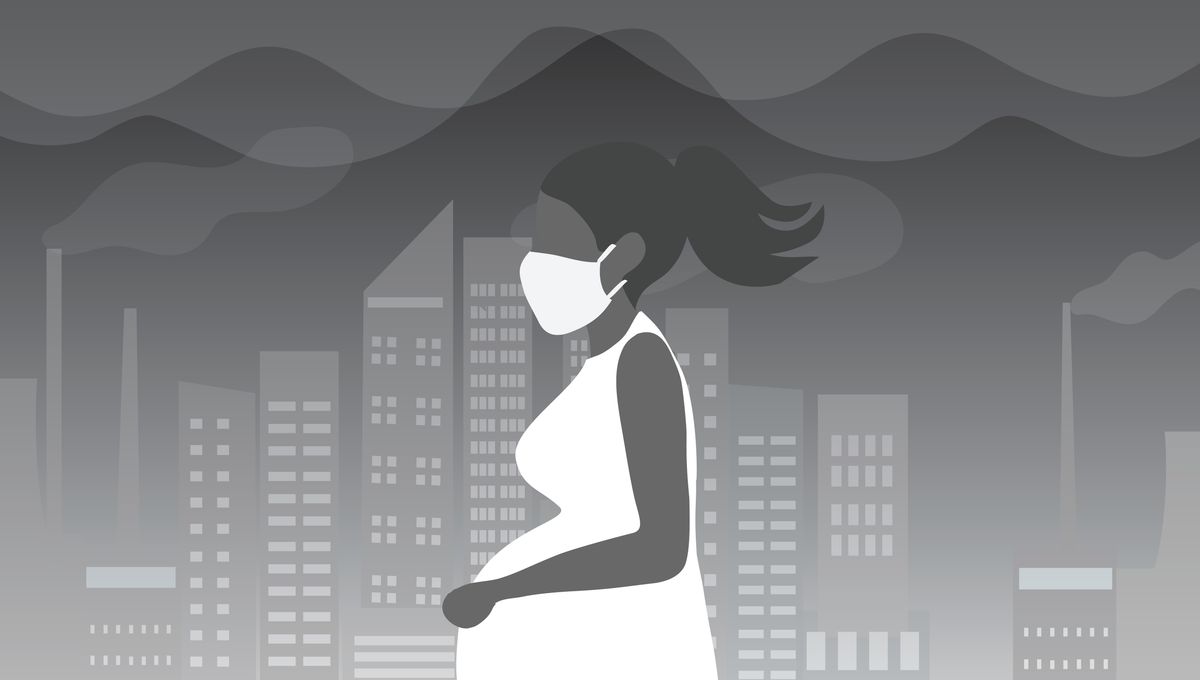
A study of more than 2 million children has found that autism is more common among those whose mothers were exposed to raised sulfate or ammonium pollution during pregnancy. Exposure to ozone early in life was also a factor. The rate of increase was modest, indicating none of these was the largest factor in autism diagnosis. Nevertheless, the association in a study of this size is much more evidence than has ever been found for childhood vaccines or Tylenol, but similar responses are unlikely.
Autism has become an obsession for US Secretary of Health and Human Services Robert F. Kennedy Jr and many of the people appointed to the highest levels of the US health administration. This has manifested both in scaremongering about the condition, with a wide spectrum of symptoms reduced to extreme examples, and in attribution of causes with no evidence to back them up. The quest for a non-genetic cause has recently expanded from vaccines to mothers taking painkillers during pregnancy, all without credible science behind them.
Meanwhile, genuine evidence for an association between fine particulate matter pollution (PM2.5) and higher rates of autism diagnosis has been ignored. A new study not only confirms the link, but also identifies the relevant timing and which sorts of particulates appear to be involved.
Most children born in Ontario, Canada, between April 2002 and December 2022 were included in the study. Premature births and twins were excluded, along with those with very low or high birthweights, extremely young or old mothers, and those where no health data was available from an 18-month follow-up. That still left 2.18 million participants, a large sample size by almost any standards.
Although individual data is not available on exposure to particulates for these children, Canada does have good information on the pollution levels for specific neighborhoods on a weekly basis throughout this period. Moreover, rather than lumping all particulates together, the data distinguishes between many types of PM2.5, so exposure levels to each could be estimated.
The likely exposure of children who were diagnosed with autism spectrum disorder (ASD) before the age of five was compared with those without such a diagnosis.
The data was controlled for factors such as the socioeconomic status of the area in which the mothers lived while pregnant, and the child spent its early life. At least in theory, this should address confounding factors, such as it being easier to get a diagnosis in an urban area with more access to specialists.
After allowing for this, the authors found SO42− and NH4+ exposure above 2 μg/m3 carried the strongest association with an ASD diagnosis. Ozone exposure in the womb was not statistically significant, but it was in the first months of life.
Other particulates, including sea salt, black carbon, and dust, were not statistically significantly associated, at least once the others had been allowed for. However, the authors note that SO42− serves as a good proxy for pollutants whose rates were not measured in such detail, such as metals from coal-burning, and that these might be the real trigger.
Even for the particulates that did show an association, the chances of an autism diagnosis were only about 12-15 percent higher for each.
As the authors note, the association between these molecules and autism is plausible, since there are several known biological pathways through which PM2.5 “may influence neurodevelopment […] These mechanisms are thought to contribute to structural and functional changes in the developing brain.”
The study does have the weakness that it relies on the average pollution exposure for a postcode. We know life near a busy road is associated with far higher exposure than a few streets back on a park, for example.
That aside, much better reasons to be reducing exposure to these molecules exist than a modest increase in a condition that can sometimes be a super-power, not a disability. There is already a vast body of data about how exposure to each of the pollutants raises the risk of everything from asthma to miscarriage, cancer, and even suicide, often by much larger amounts.
Governments worldwide have adopted policies to try to reduce their citizens’ exposure to each, for example, by replacing coal-fired power stations, imposing limits on emissions, or subsidizing alternatives to internal combustion engines. These have achieved great success in wealthy countries. The last year has seen one of the greatest roll-backs of these measures in US history, all while Kennedy promises to “Make America Healthy Again”.
The study is open access in JAMA Network Open.
Source Link: Potential Environmental Trigger For Autism Identified, But Don’t Expect MAHA Action